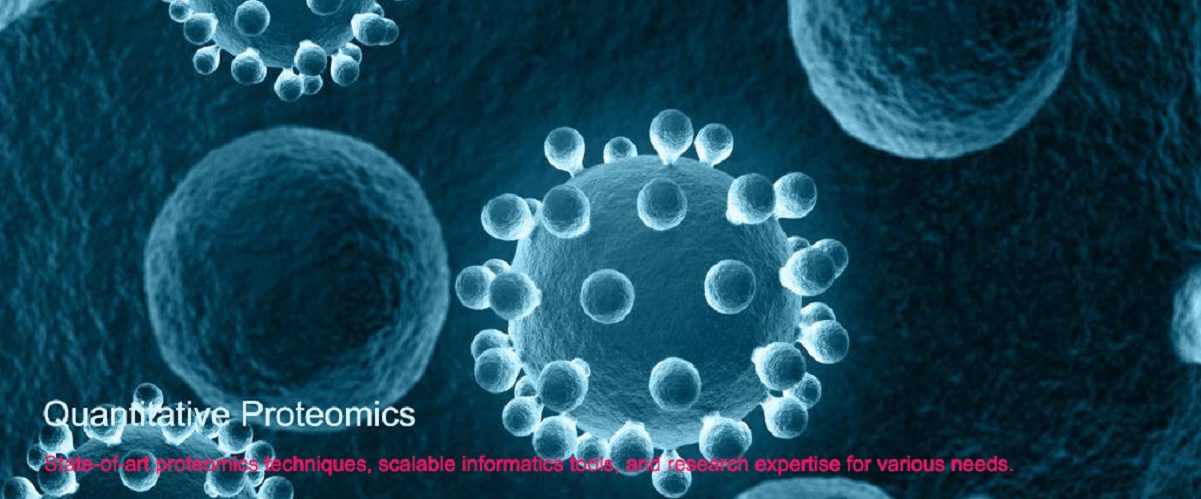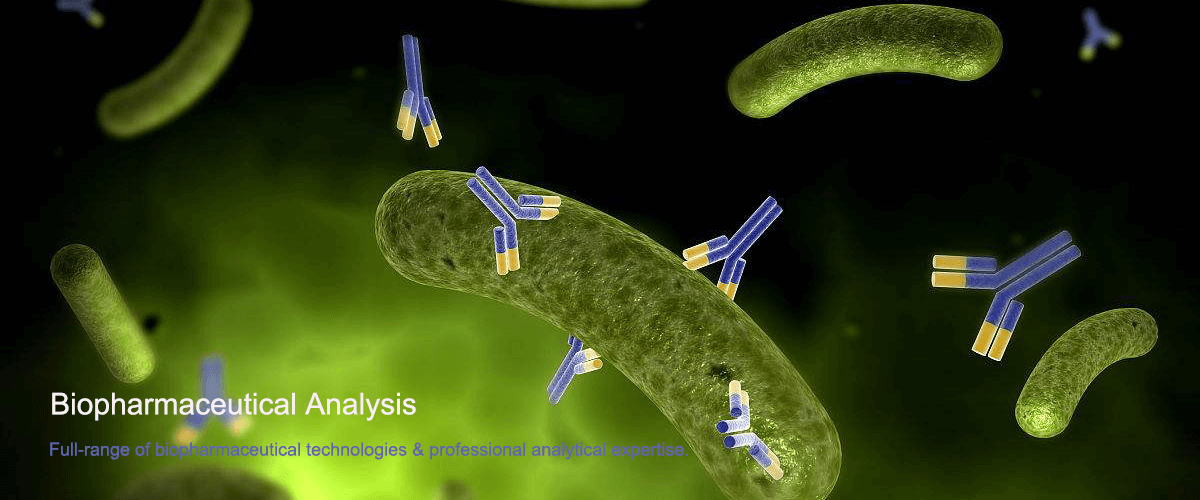What Determines Peak Width at the Baseline in HPLC
In liquid chromatography (LC), the peak width at the baseline is governed by various factors, which mainly include:
Longitudinal Diffusion
During LC, the mass transfer of analyte molecules between the mobile and stationary phases results in longitudinal diffusion, a key contributor to peak broadening. This effect is particularly pronounced when using columns with low efficiency or under high-speed separation conditions.
Radial Diffusion
The radial (transverse) diffusion of analyte molecules within the column also influences peak width. This form of diffusion is affected by the particle size and morphology of the column packing material; smaller and more uniform particles lead to reduced radial diffusion and hence narrower peaks.
Retention Time
Retention time refers to the duration for which analyte molecules are retained within the chromatographic column. A longer retention time allows for more extensive diffusion, resulting in broader peaks. Retention is influenced by interactions between analytes and the stationary phase (e.g., hydrophobic or polar interactions), the mobile phase composition, and the choice of chromatographic column.
Partition Coefficient
The partition coefficient (K) describes the equilibrium distribution of analyte molecules between the stationary and mobile phases. A higher K value indicates greater retention in the stationary phase, which contributes to increased peak broadening. This coefficient is determined by the analyte–stationary phase interactions, mobile phase composition, and the selected column characteristics.
Operational Conditions
Peak width is further affected by experimental parameters such as injection volume, flow rate, and column temperature. Larger injection volumes tend to produce broader peaks; higher flow rates generally lead to narrower peaks; elevated column temperatures reduce mobile phase viscosity and longitudinal diffusion, thereby decreasing peak width.
Overall, peak broadening in chromatography arises from a combination of longitudinal diffusion, radial diffusion, retention time, partition behavior, and operational parameters. In LC analysis, achieving narrow peak widths and enhanced separation efficiency requires careful optimization of experimental conditions, as well as the appropriate selection of columns and mobile phase compositions.
MtoZ Biolabs, an integrated chromatography and mass spectrometry (MS) services provider.
Related Services
How to order?







